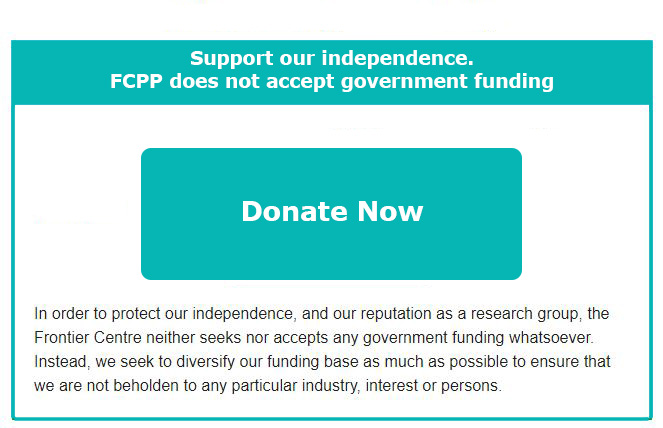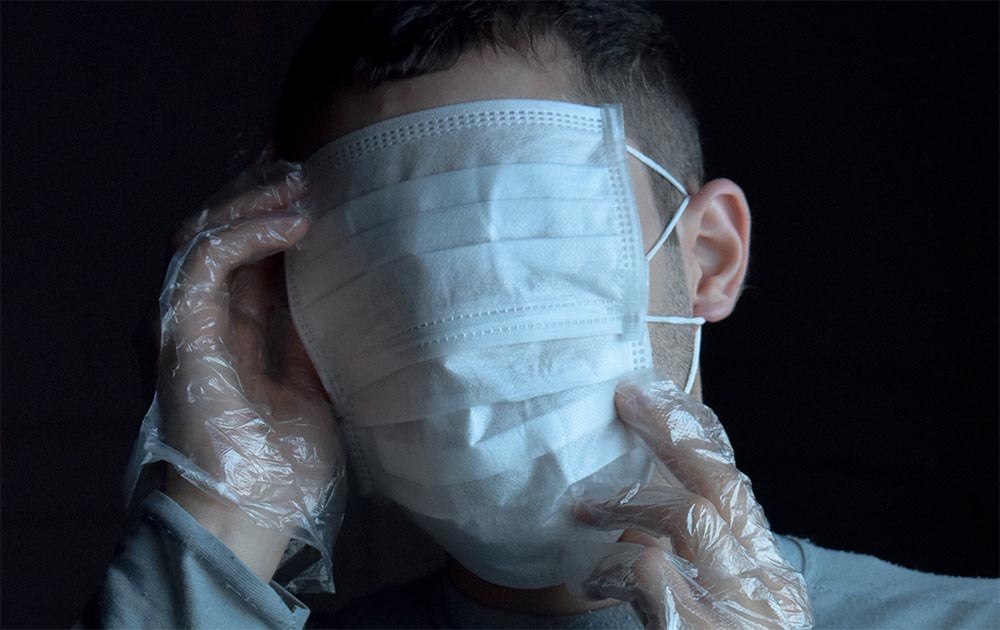Coronaphobia may not have entered our official vocabulary, but it deserves to. Virus fears have affected public policy and our daily lives. The condition is held by a great number of people. It is understandable why the elderly and immunosuppressed are worried. What is less understandable, and more ironic, is how many coronaphobics are on the political left.
After all, the left loves to smear the politically incorrect with labels such as xenophobic, homophobic, transphobic, and Islamophobic. Their opponents may not actually be motivated by irrational fear and panic, but the terms are effective tools to ostracize and dismiss such people.
Coronaphobia is one exception where the fear is irrational. Unfortunately, truth can’t jar the perception of some, like a skinny anorexic who always sees a hopelessly fat person in the mirror.
Let’s recap. In March, faulty projections of massive deaths based on a dubious model scared politicians worldwide into drastic measures. Canadian leaders were told 326,000 could die before the end of the year, a number that would drop to 46,000 with a “75% reduction in interpersonal contact rates.” As of October 29, there were 10,032 COVID-19 deaths reported in Canada.
But what does that really mean? Dr. Vinita Dubey, Toronto’s associate medical officer of health, told the Toronto Sun on October 8 that under provincial guidelines, “individuals who have died with COVID-19, but not necessarily as a result of COVID-19, are all included in the case counts for COVID-19 deaths.”
Deaths by COVID-19 are remarkably rare compared to deaths with COVID-19, according to an analysis by the Centre for Disease Control and Prevention in the United States. The CDC reported in August, “For 6% of the deaths, COVID-19 was the only cause mentioned…For deaths with conditions or causes in addition to COVID-19, on average, there were 2.6 additional conditions or cases per death.”
That means less than 14,000 of the 228,000 COVID-19 deaths in the United States were from the virus alone. That’s just over 600 deaths in Canada if the same holds true here.
COVID testing has greatly increased lately, producing the appearance of a second wave, and case counts nearly twice as high as the first. The reality is less stark. Deaths by people with COVID-19 (again, not solely from COVID-19) haven’t hit 35 any day this fall. Yet every day between April 17 and May 20, they were 100 to 176. 
This suggests the mortality rate from COVID-19 just fell to one-sixth of its previous levels. Either herd immunity is taking hold or this second wave is not nearly as bad as it appears. Or maybe not all that many people have contracted the virus.
Results from the PCR test are flimsy. Barbara Yaffe, Ontario’s associate medical officer said, “If you’re testing in a population that doesn’t have much covid, you’ll get false positives up to half the time.”
In the Hans Christian Anderson tale, the emperor might have had some clothes…such as his underwear. Similarly, the impact of COVID is much more skimpy than most believe.
Unfortunately, the politicians and media that bought the narrative of fear don’t have the ability or courage to stop it—especially when social media giants censor messages that don’t align with the latest missives from the World Health Organization.
Author Mark Twain said it best in his 1906 autobiography. “The glory which is built upon a lie soon becomes a most unpleasant incumbrance… How easy it is to make people believe a lie, and how hard it is to undo that work again!”
Not everyone believes the hype. In both Canada and the United States, one segment of voters is clearly more coronaphobic than the other.
In September, pollster Angus Reid found 26 percent of NDP voters and 29 percent of Liberal voters would be “completely comfortable” voting in person in a federal election, compared to 66 percent of Conservatives.
In the United States, a Harris poll found 42 percent of Democrat voters felt “somewhat” or “very” comfortable to go to vote at the polls during the pandemic, compared to 72 percent of Republicans.
The consequences of coronaphobia are even worse for the economy. An analysis of September data showed that nine of the ten states with the lowest unemployment rates voted for Republican Donald Trump in 2016. By contrast, nine of the ten states with the highest unemployment rates voted for Democrat Hillary Clinton. Since September 2019, unemployment in Republican states rose less than 2.7 percentage points, while in blue states, they rose by almost 5 points.
Thankfully coronaphobia can be beaten. An effective treatment has been found in well-informed, critical, and rational thought, combined with a healthy scepticism of politicians, mainstream media and the medical industry.
Lee Harding is a research associate with the Frontier Centre for Public Policy.
Photo by Amin Moshrefi on Unsplash.



